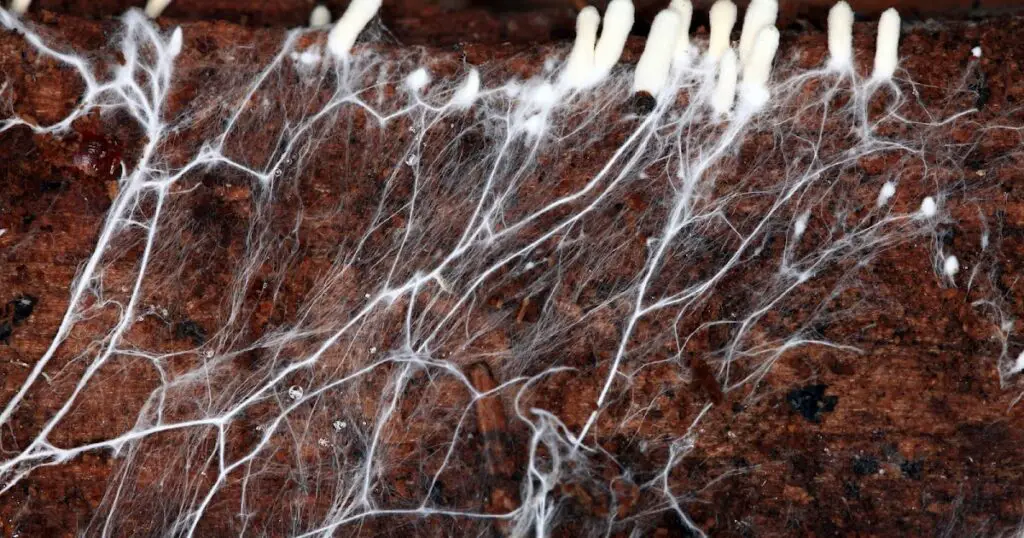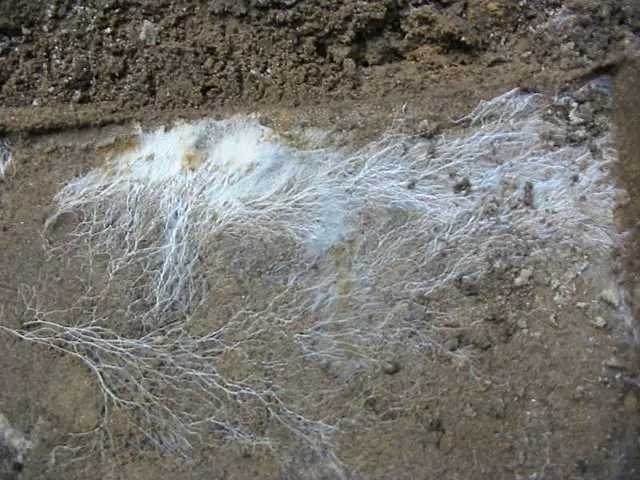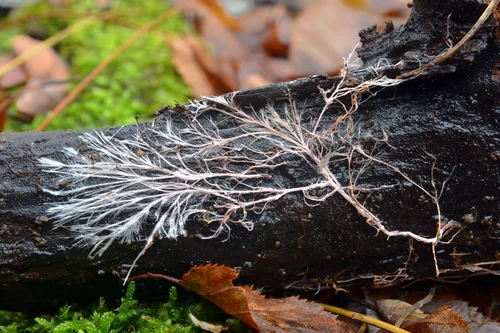Unveiling Mycelium: Nature’s Underground Network and Its Lessons for Us
Have you ever wondered about the mysterious web of life beneath the forest floor? Meet mycelium—a fascinating fungal network that acts as the forest’s hidden Internet. This underground system not only connects plants and trees but also plays a crucial role in their survival and well-being. Let’s delve into the incredible world of mycelium and explore what it teaches us about nature, communication, and interconnectedness.

What is Mycelium?
Mycelium is the vegetative part of fungi that spreads out through a network of fine, thread-like structures called hyphae. This expansive underground network forms connections between all plant species, creating a sophisticated system of communication and resource sharing. Much like the Internet, mycelium allows plants to exchange nutrients, send distress signals, and support each other.
This hidden network is fundamental to the health of our ecosystems. It helps decompose organic matter, recycle nutrients, and establish symbiotic relationships with plants. Through mycelium, plants can communicate and collaborate in ways that are both intricate and vital for their survival.

The Forest’s Lifeline
One of the most astonishing aspects of mycelium is its role in supporting distressed trees. When a tree is damaged or cut down, mycelium communicates this distress to nearby trees. In response, the surrounding trees send nutrients and water through the mycelium network to help sustain the struggling tree.
This cooperative behavior highlights a profound level of interconnectedness in nature. It’s as if the forest operates as a single, supportive community where each member plays a role in ensuring the survival of others. The ability of trees to care for each other through mycelium showcases a remarkable example of mutual aid and collective responsibility.

Lessons from Mycelium
The existence and function of mycelium provide several valuable lessons:
- Interconnectedness: Mycelium illustrates how all elements of an ecosystem are interlinked. Just as plants rely on this network for survival, we too are part of a larger web of relationships that require us to work together and support one another.
- Non-Verbal Communication: Mycelium’s ability to transmit signals and resources without words underscores the power of non-verbal communication. It reminds us that actions and connections can be as impactful as spoken language.
- Support and Resilience: The way mycelium facilitates mutual aid among trees highlights the importance of support systems. In both natural and human contexts, cooperation and shared resources are key to overcoming challenges.
Reconnecting with Nature
Understanding mycelium encourages us to reflect on our relationship with the natural world. It serves as a reminder that we are part of a larger, interconnected system and that every action has an impact on the whole. By learning from mycelium, we can develop a deeper appreciation for the complexity and beauty of nature.
Join the Conversation
What insights have you gained from learning about mycelium and its role in ecosystems? How can we apply these lessons to our own lives and communities? Share your thoughts and experiences in the comments below!






